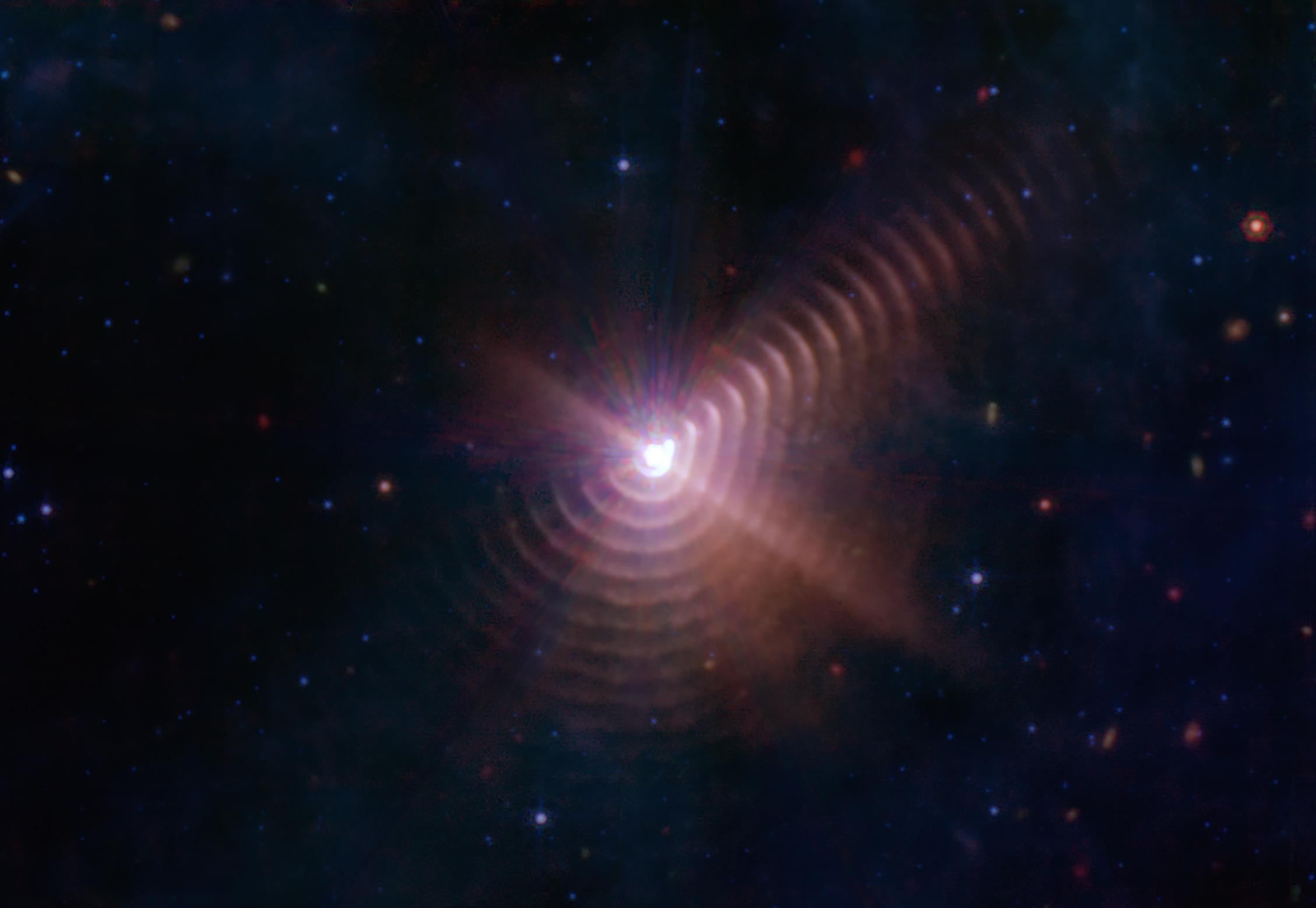Thanks to a new artificial intelligence-trained system, eight unexplained radio signals have already been found, which experts think may speed up the hunt for extraterrestrial life.
After using the program to examine 820 stars in a region of space that was previously believed to be devoid of any possible alien activity, experts led by University of Toronto student Peter Ma uncovered the surprising finding.
Earlier analyses of the data had missed uncertain indications.
Part of the reason for this, Ma explains, is that ‘in many of our observations, there is a lot of interference.
‘We need to distinguish the exciting radio signals in space from the uninteresting radio signals from Earth.’

Strange: This graphic shows the eight signals of interest. They are the ones that appear orange
Ma created a new machine learning method that may more effectively distinguish possible extraterrestrial signals from all the background noise on our planet, working with astronomers from the SETI Institute, Breakthrough Listen, and scientific research institutes all around the globe.
It featured the use of deep learning, a sort of artificial intelligence and machine learning that models how people acquire specific knowledge and is a crucial component of autonomous automobiles.
In this instance, the researchers effectively employed machine learning to train a traditional algorithm from a more basic computer to distinguish between probable extraterrestrial signals and human-caused ones.

When the current program previously explored radio data from a collection of stars gathered by the Robert C. Byrd Green Bank Telescope in West Virginia, it had turned up nothing.
However, Ma and his colleagues have already discovered up to eight separate radio signals emanating from that region of space.
Steve Croft, a project scientist for Breakthrough Listen on the Green Bank Telescope, added: ‘The key issue with any technosignature search is looking through this huge haystack of signals to find the needle that might be a transmission from an alien world.

‘The vast majority of the signals detected by our telescopes originate from our own technology: GPS satellites, mobile phones, and the like.
‘Peter’s algorithm gives us a more effective way to filter the haystack and find signals that have the characteristics we expect from technosignatures.’
The eight signals seem to come from five of the 820 stars in the group, which are located in directions that are 30 to 90 light-years distant.
Researchers need more time to locate the probable cause of radio signals.





